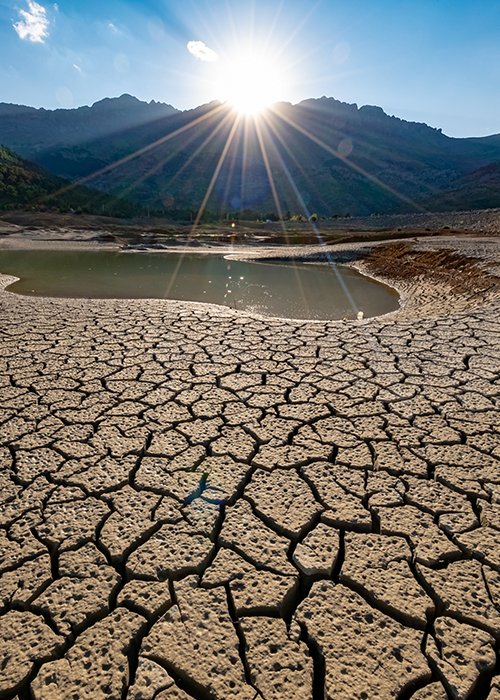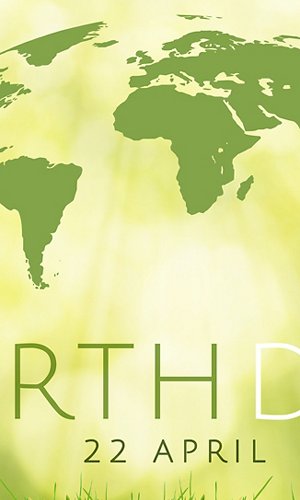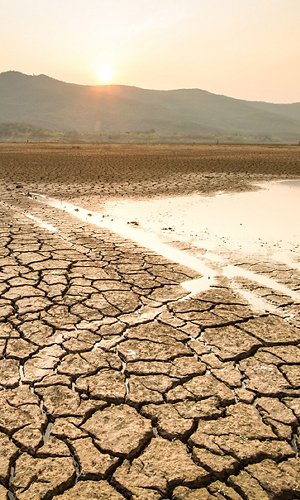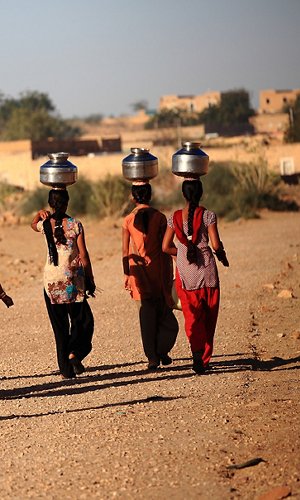Drought is one of the natural disasters that most challenges the survival of living beings. Exacerbated by deterioration of land and climate change, the frequency and severity of droughts is escalating every year, with a 29 percent increase since 2000 and 55 million people affected each year. It is estimated that by 2050 drought could affect three-quarters of the world’s population. It is an urgent, global problem.
“Rising up from Drought Together” is the theme chosen for the 2022 edition of the World Day to Combat Desertification and Drought. The event is celebrated every year on 17 June and is now at its 27th edition. In fact, it was on 30 January 1995 when, following the approval of the UN Convention to Combat Desertification (UNCCD), the world’s first and legally binding commitment, the United Nations decided to hold an awareness-raising day. The purpose? To mobilise the political will and resources to address the problem by informing and advocating for action against it. It is a pity that, after so long, the results still appear to be somewhat marginal.
And this is demonstrated by data published just a month ago by the UNCCD in its Drought in numbers report. Since 2000, the number and duration of drought events has increased by 29 percent worldwide, to the point that prolonged water shortages are now the natural disaster with the highest death toll: about 650,000 deaths from 1970 to 2019. Added to which, more than 2.3 billion people face severe water stress annually.
“Recent droughts point at a precarious future for the world. Food and water shortages, as well as wildfires caused by severe drought, have all intensified in recent years.” (Ibrahim Thiaw, Executive Secretary of the UNCCD)
This year the global observance of the Desertification and Drought Day will take place in Madrid, Spain. Spain is vulnerable to drought, water shortages and connected climate change impacts. The Spanish government is at the forefront in dealing with these issues and has best practices to share.





